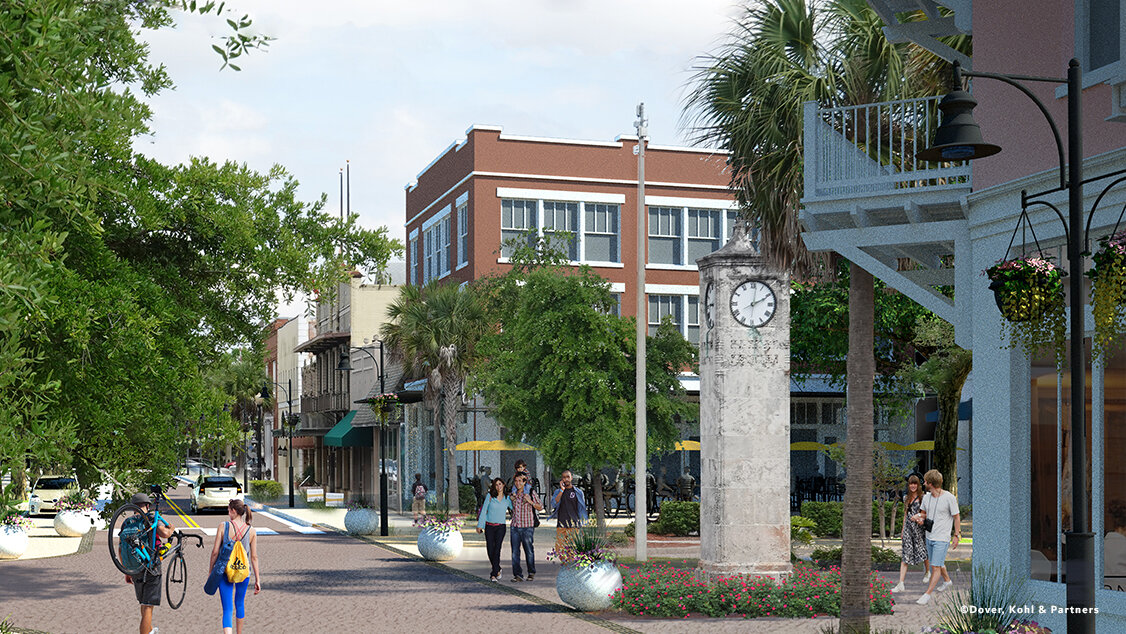A new two-episode block of Town Planning Stuff Everyone Needs to Know is now on our YouTube channel. These are about engaging the public in planning and urban design-- even now, during the Great Confinement of COVID-19. Episode 3, “Designing in Public,” was filmed just before our successful charrette for the plan for downtown Panama City last year. Given the astounding events since, we decided to revamp and post Episode 13, “Online Engagement,” months early, to discuss ways of keeping public participation and collaboration going even while we are all practicing social distancing to limit the spread of the coronavirus. Here’s the gist:
Once upon a time, it might have seemed normal for a few insiders to get together in some smoke-filled room to figure out the future plan for the town. But today, an interactive, citizen-driven process for city planning is essential. Changes in the built environment can be controversial, to say the least. Education and a shared sense of authorship are essential to creating consensus. We therefore need to get the planning process out of the back rooms at powerful agencies and out into the sunshine, designing in public, where everyone who’s interested is invited to participate right alongside the authorities and technicians and experts. That’s because the best plan is made by many hands.
One good approach is a public design charrette, usually about a week long. It’s a combination of on-location storefront design studio and interactive town meetings. It’s like an old-time barnraising, except instead of erecting a barn, we’re getting the community together for a compressed period of time to build a plan. Early on in the week, that includes a major public hands-on planning session, in which small groups each tackle the map and debate alternative futures. Then, each group presents to the others, to compare their big ideas. As the charrette week unfolds, the designers and planners work to make the many plans into one, testing scenarios and producing illustrations of the ideas. The doors are open all week, so Citizen Planners are invited into the studio to offer feedback. Then, at the end of the week, we typically gather everyone again for a Work in Progress Presentation, when we’ll put the draft work up on a big screen and ask, “Is this what you meant?”
Designing in Public is more fun, and quicker, and more effective. That’s #3 on my list of Town Planning Stuff everyone needs to know. For more information, check out the info from the National Charrette Institute.
As a followup to Episode 3, I recorded #13 in March 2020, as we entered the era of coronavirus. A lot of us have been working from home, keeping our distance in one way, while maybe, growing closer in others, via our digital screens. But we don’t have to stop public participation in planning decisions, or stop designing collaboratively & interactively. We just need, for now, to use the amazing array of digital tools already available to us, and move the process online.
For instance, in the past month we’ve staged two virtual charrettes, combining quick online collaboration, surveys, polls, building and comparing scenarios, videoconferencing, and webcasting. It’s a little like the rapid prototyping-and-feedback process that industry has been evolving for decades—but now we’re relying on it for city planning.
Parts of our office team have been telecommuting for many years now, so we’re used to this way of working. With collaborations underway with teammates and clients five or six different time zones apart at any given moment, in our practice we’ve grown accustomed to working with a lot of the cool digital tools. But now the occasion of the COVID-19 outbreak has pushed us to combine those tools anew, just one way we’re keeping our projects going.
Understanding the Limits
There are certainly limitations to online communication, so there will always be a place for in-person events once we can get back together. One of those limitations I call “the negative tendency of the internet.” We’ve all seen how not looking folks in the eye when you’re saying something or writing something is tempting to the less wholesome parts of human nature—so snarky comments, pile-ons and trolling can start to accumulate.
The antidotes to that tendency toward cynicism or negativity aren’t perfect, but they’re pretty straightforward. First, we brief our participants on the constructive criticism rules for our online brainstorming space. One good rule is, “Build up ideas, don’t just tear others’ ideas down.” We ask participants to tell us what you do like and tell us your solutions, not just what you see as problems. Next, we give them lots of information, posting resources on the website about the project at hand, and refer back to those resources as questions arise. Third, there are plenty of nooks and crannies on the Internet for anonymity. But this is not one of them. So we make it a requirement that for town planning projects, people must post and comment and webcast under their real name. Everybody has to introduce themselves, just like they would in the City Council chambers or when passing a microphone around in those traditional public meetings at the school cafeteria. Last, we respond fast, but once. We answer the questions and clear up misinformation, but don’t get into a never-ending back-and-forth.
A Crucial Moment
Right now, getting together in civic engagement and thinking about your community’s future can be a reprieve from the cable news and TV shows. Let’s make the most of it. Let’s use this time to educate, and re-ask the question, what do we want our communities to be?
There’s a lot of innovation now underway in this space, and I’m sure we’ve barely scratched the surface. Future generations may look back and see this decade as a turning point in the history of city planning, a time when we made it all more relevant and more accessible.
Sometime soon, eventually, when we get the all-clear to return to in-person public meetings and to go back out into the all-important public realm, we’ll need to be extra-ready to move town planning projects forward and create the places where people want to be. We’ll have a local and global economy to rebuild, in new and better and more inclusive ways. The worlds of real estate and infrastructure and city management will need to be better and smarter, too. We’ll need strategies for pulling together, and for executing on small and sensible incremental-growth projects that add up to real progress.
So we won’t stop envisioning, planning and collaborating... we’ll just be doing more of it online. To learn more about how we’re using “virtual charrettes,” videoconferencing, and other kinds of digital collaboration, subscribe to the Dover-Kohl YouTube channel. --Victor




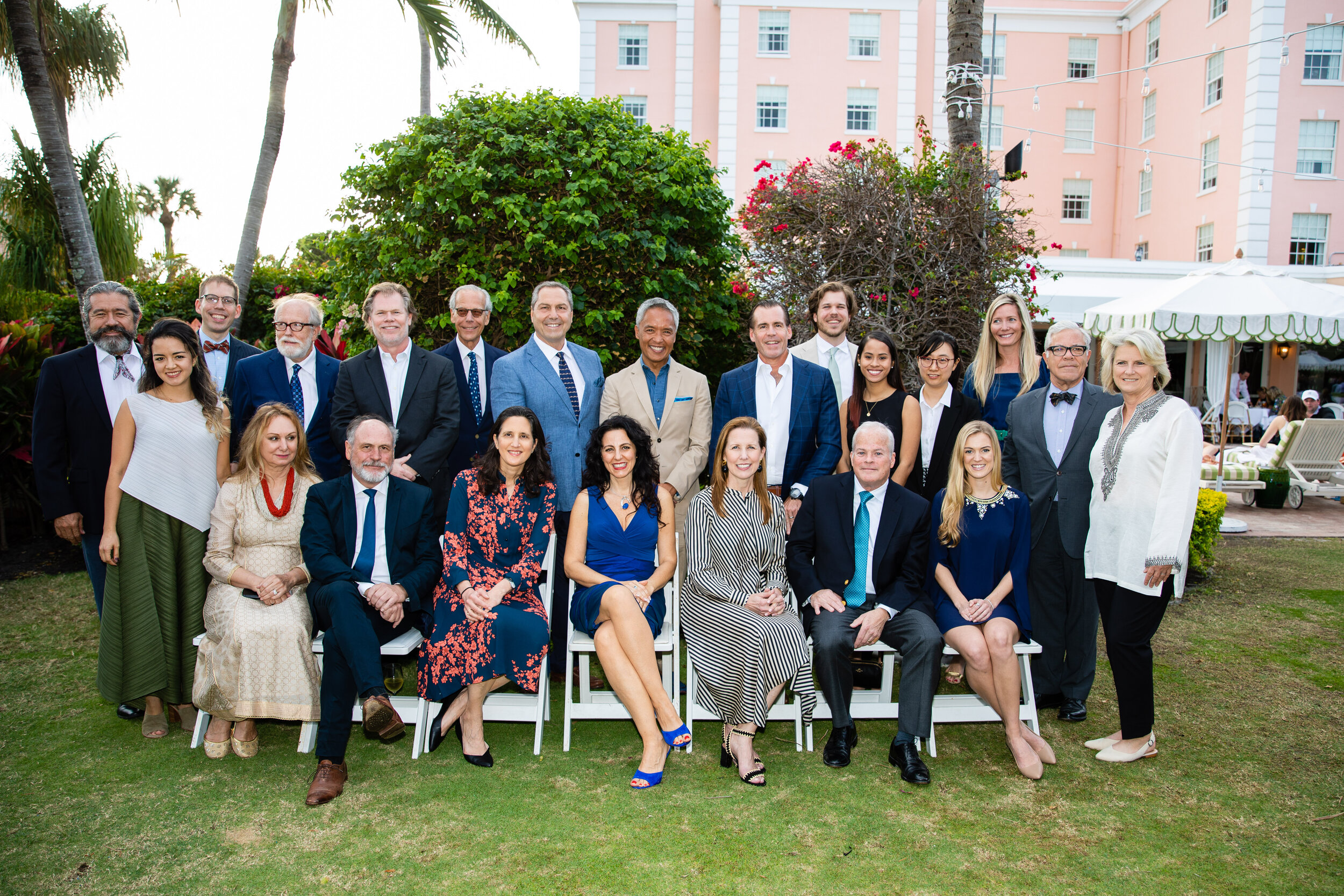
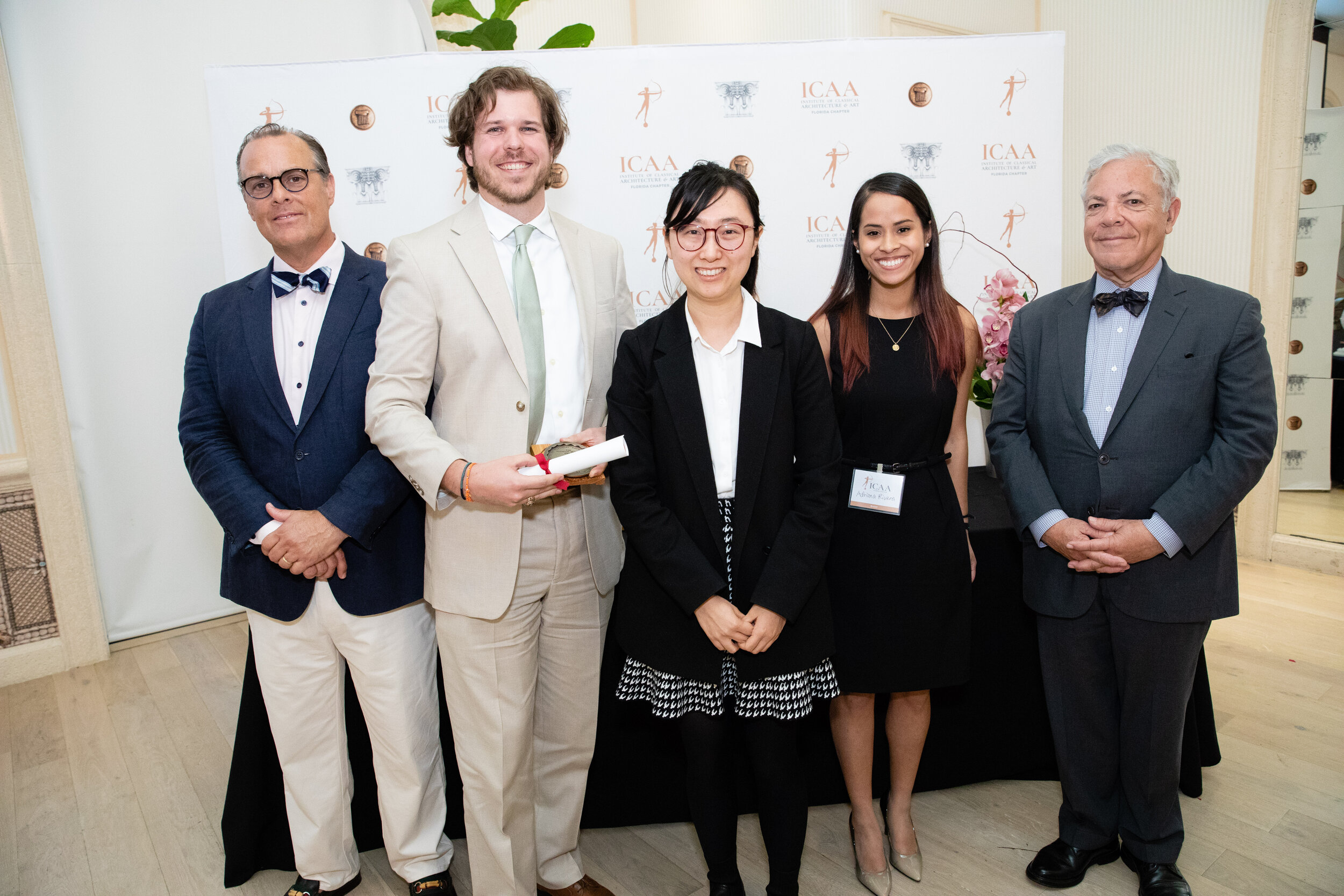


![AMM-Medal-FrontHeader[1].jpg](https://images.squarespace-cdn.com/content/v1/5612e13ae4b0c37386e86b7e/1576617765761-6MZ40DZVE8VVEKYVXF5Q/AMM-Medal-FrontHeader%5B1%5D.jpg)


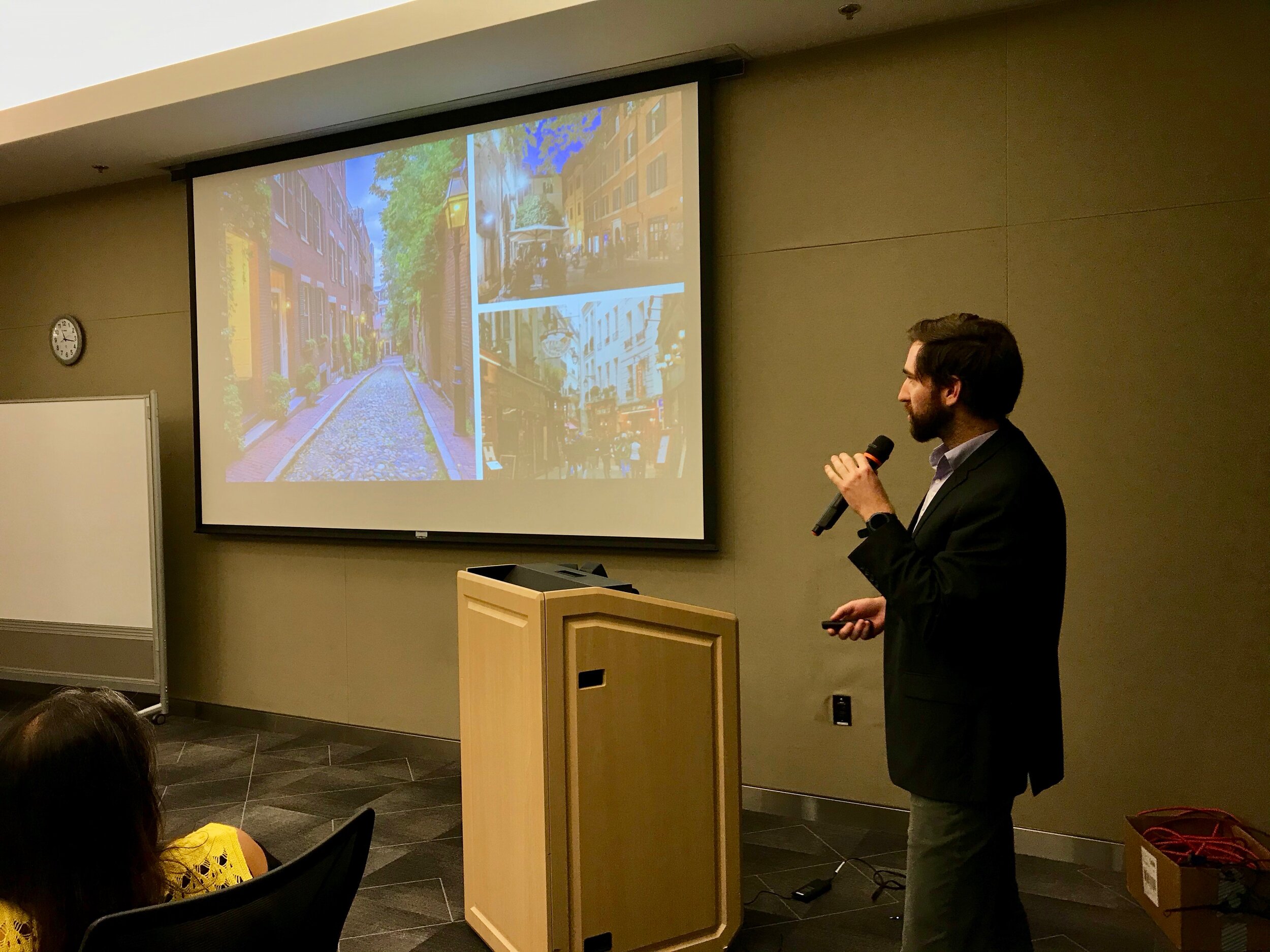
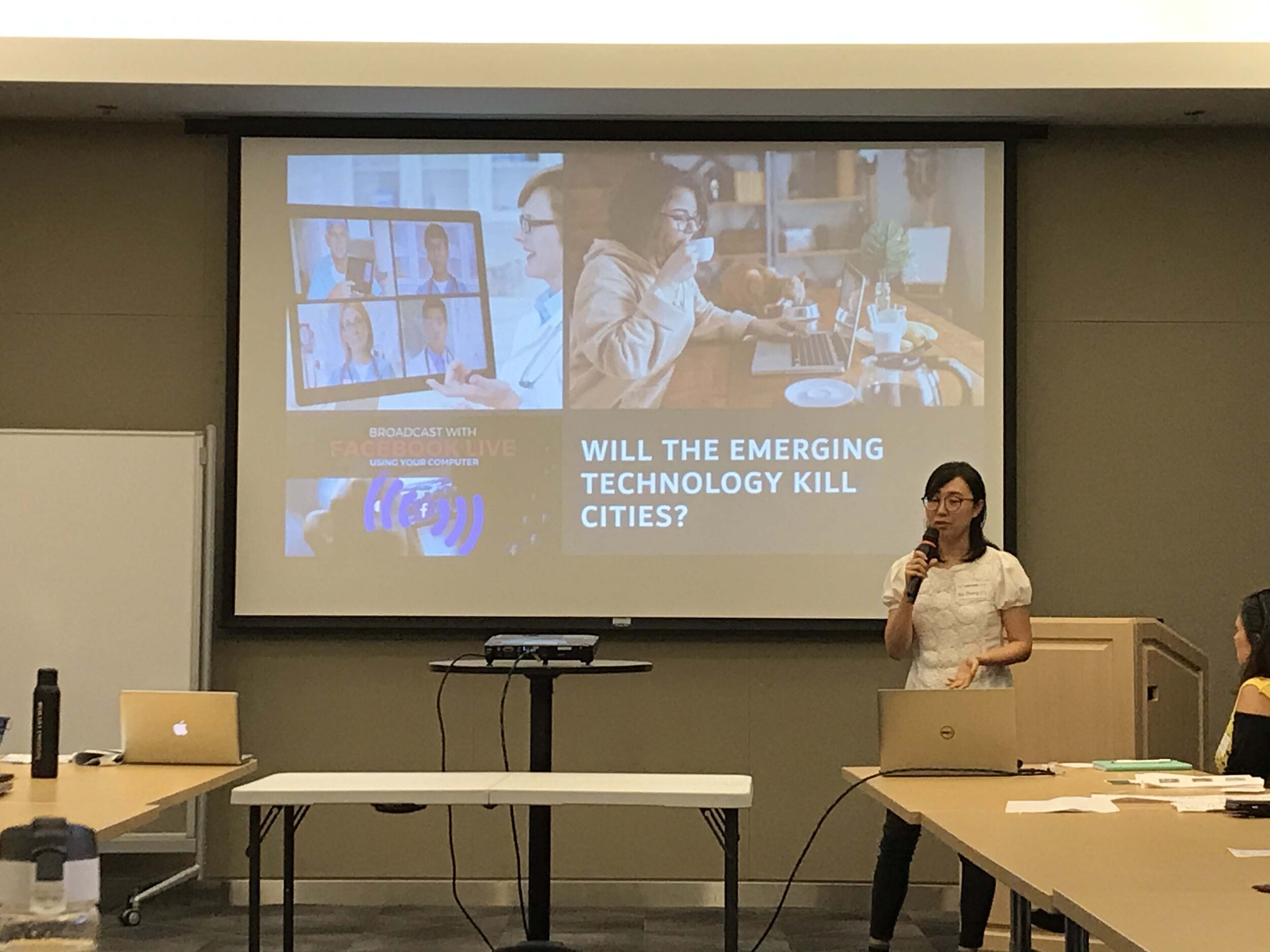
![MiamiLRTP-the+Plan[1].png](https://images.squarespace-cdn.com/content/v1/5612e13ae4b0c37386e86b7e/1572890170927-OZF3MNBR2ONE4TO7CYZ3/MiamiLRTP-the%2BPlan%5B1%5D.png)
